universal water temp gauge
The stroke of the universal water temp gauge is 40-120 ℃. the normal temperature is 90 ℃ in the center. After the vehicle is started, the water temperature rises rapidly. After the pointer reaches the central position, the water temperature will no longer rise. Generally speaking, it is best to start when the temperature reaches the middle position.
As long as the universal water temp gauge is normal within the normal scale range, and the pointer enters the red area, the water temperature is too high. If the water temperature is too high for a long time, there will be "boiling", that is, the engine coolant boils, which will cause the water tank to expand and crack, and the engine will be overheated and damaged.
But generally speaking, the coolant (antifreeze) specified by the manufacturer can be used. Do not add water to the water tank casually.
During the traffic jam, the engine generates heat and the water tank only relies on the fan for heat dissipation, so the heat dissipation effect is not good and the water temperature will gradually rise. After driving, the flowing air is added to the team of heat dissipation, and the heat dissipation effect is good. Of course, the water temperature will be reduced. When driving on the highway in winter, it will be scattered.
If the temperature is too high or the temperature indicator keeps flashing, stop and check whether the cooling water in the water tank is normal and whether there is leakage at the water tank, water pipe and all joints. If no abnormality is found through the appearance inspection, you can supplement the cooling water as required before continuing to drive. If the temperature is still too high after driving for a certain distance, and the cooling water is reduced after stopping for inspection, this is mostly due to the loss of sand holes or holes in the water jacket of the cylinder block. In such cases, the vehicle needs to be repaired.
If there is air in the cooling system, air resistance will be formed, resulting in poor cooling water circulation and high engine temperature. Allow the engine to run at a high speed. Gently unscrew the water tank cover until the gas is released. At this time, part of the cooling water will flow out with the gas. Repeat this for many times until you feel that the gas is discharged (at this time, the temperature of the upper and lower water pipes will be significantly different). After the fault is eliminated, the cooling water should be supplemented in time.
 English
English 

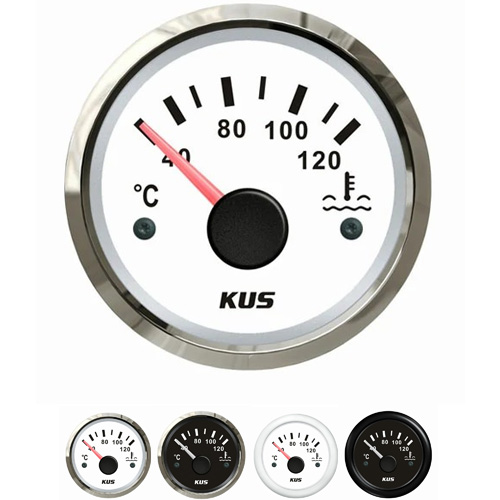
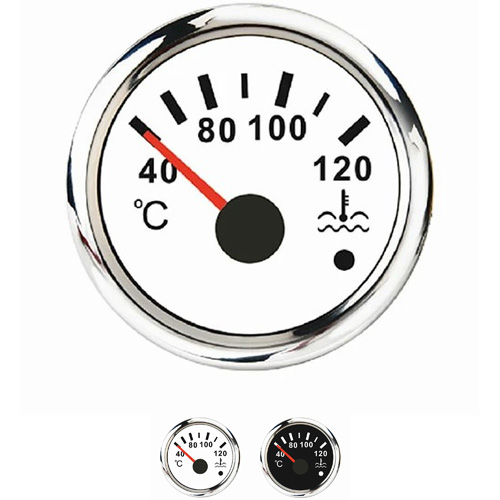
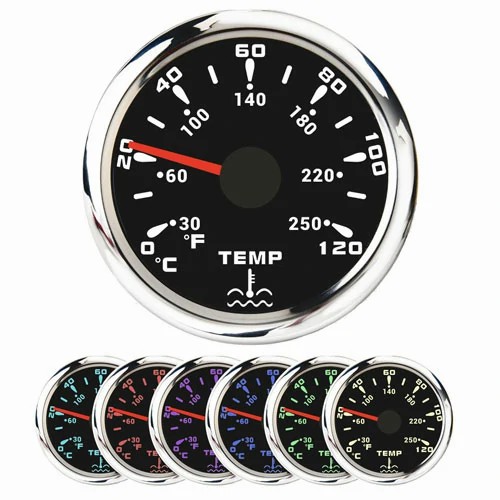
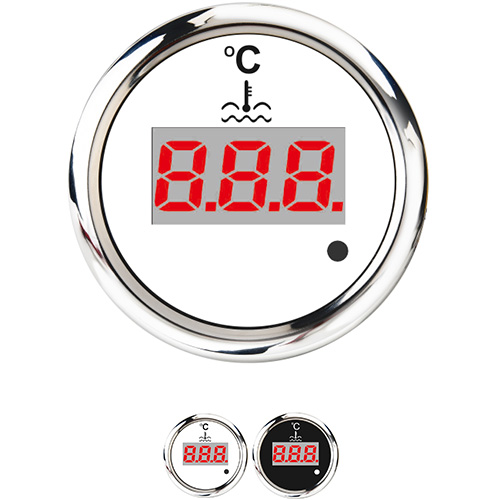
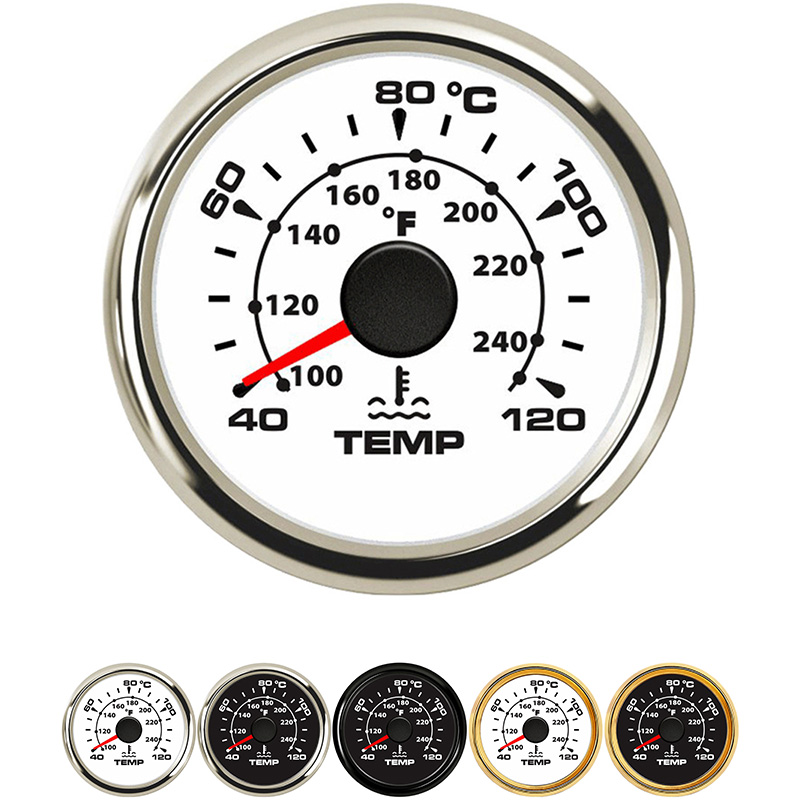
Get a Quote / Info